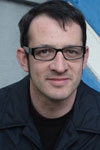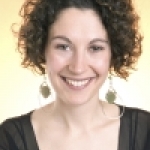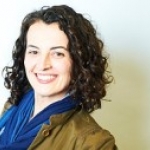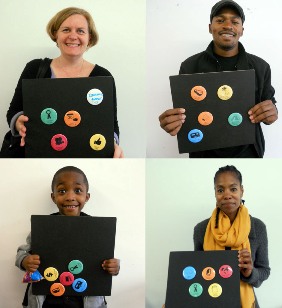
Mark Stern
Rethinking Social Impact: "We Can’t Talk About Social Well-Being Without the Arts & Culture"
Posted by May 01, 2012

Mark Stern
Susan Seifert and I began the Social Impact of the Arts Project (SIAP) in 1994 in response to the attention that economic impact studies were gaining at the time.
We felt—in addition to their methodological flaws—that these studies captured only a fraction of the importance that the arts held for society. We committed ourselves to think through the theoretical and methodological issues involved in documenting the contribution that arts and cultural engagement have for community life.
Over the years, we’ve discovered many connections between the arts and social well-being, some of them quite surprising.
It turned out that the arts were associated with preserving ethnic and racial diversity in urban neighborhoods, lower rates of social distress, and reduced rates of ethnic and racial harassment. Perhaps most surprisingly, we found that the presence of cultural assets in urban neighborhoods was associated with economic improvements, including declines in poverty.
We used the concept of “natural” cultural districts to study neighborhoods where we found unplanned concentrations of arts organizations, cultural enterprises, artists, and cultural participants and documented that it was the social and civic engagement associated with the arts that seemed to drive these economic benefits and revitalization.
Over the past several years, we’ve been trying to re-conceptualize our findings and their meaning for the cultural community, urban public policy, and scholarship.
Read More
















